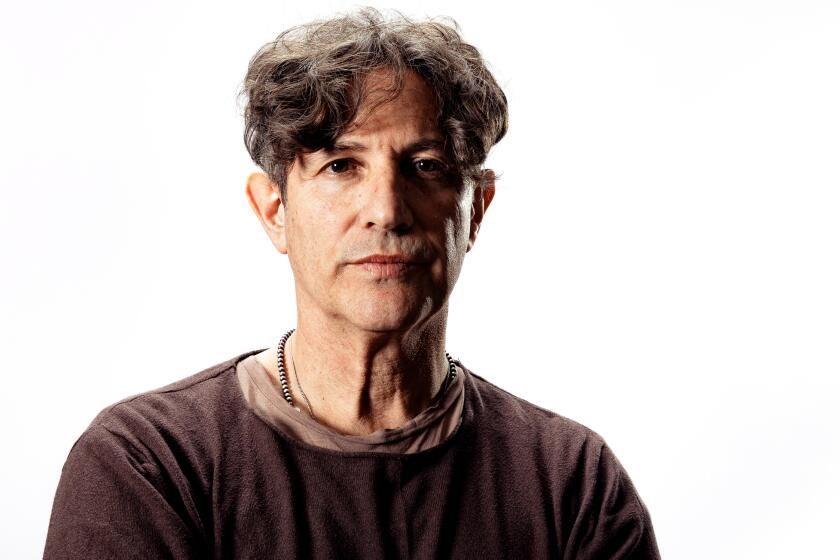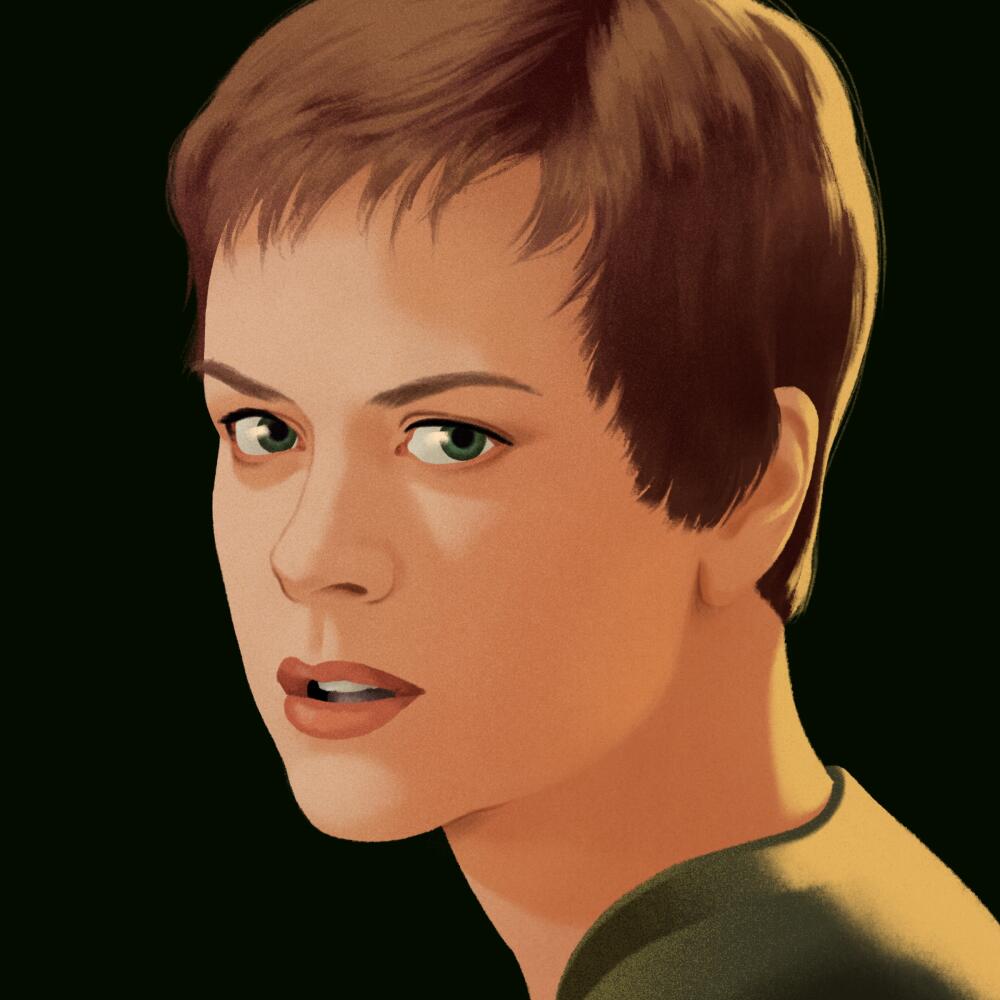
By now, the shot should be familiar: Nicole Kidman sitting in a theater, her face registering, among other things, hope and wonder.
Except the masterful sequence I’m contemplating isn’t the one from the ubiquitous AMC Theatres ad that has been worshiped and parodied the last three years, but in Jonathan Glazer’s 2004 film “Birth.” In addition to ecstasy, Kidman’s expression also conveys shock and anguish and, finally, acceptance of the impossible. All in two minutes.
Here’s how it plays: Attending the opera with her fiancé, Kidman’s character, Anna, arrives unsettled and you can understand why. A preternaturally calm 10-year-old boy has recently turned up at her Manhattan apartment — at her engagement party, no less — and announced that he’s her reincarnated husband, a man who collapsed 10 years ago while jogging in Central Park. Anna has been turning over the boy’s words in her mind for days. Seated now, with Wagner’s “Die Walküre” booming in the background, Anna decides to surrender to the unimaginable and embrace the fantastic idea.
And you watch the whole wordless journey play out on Kidman’s face in the long, unbroken shot.
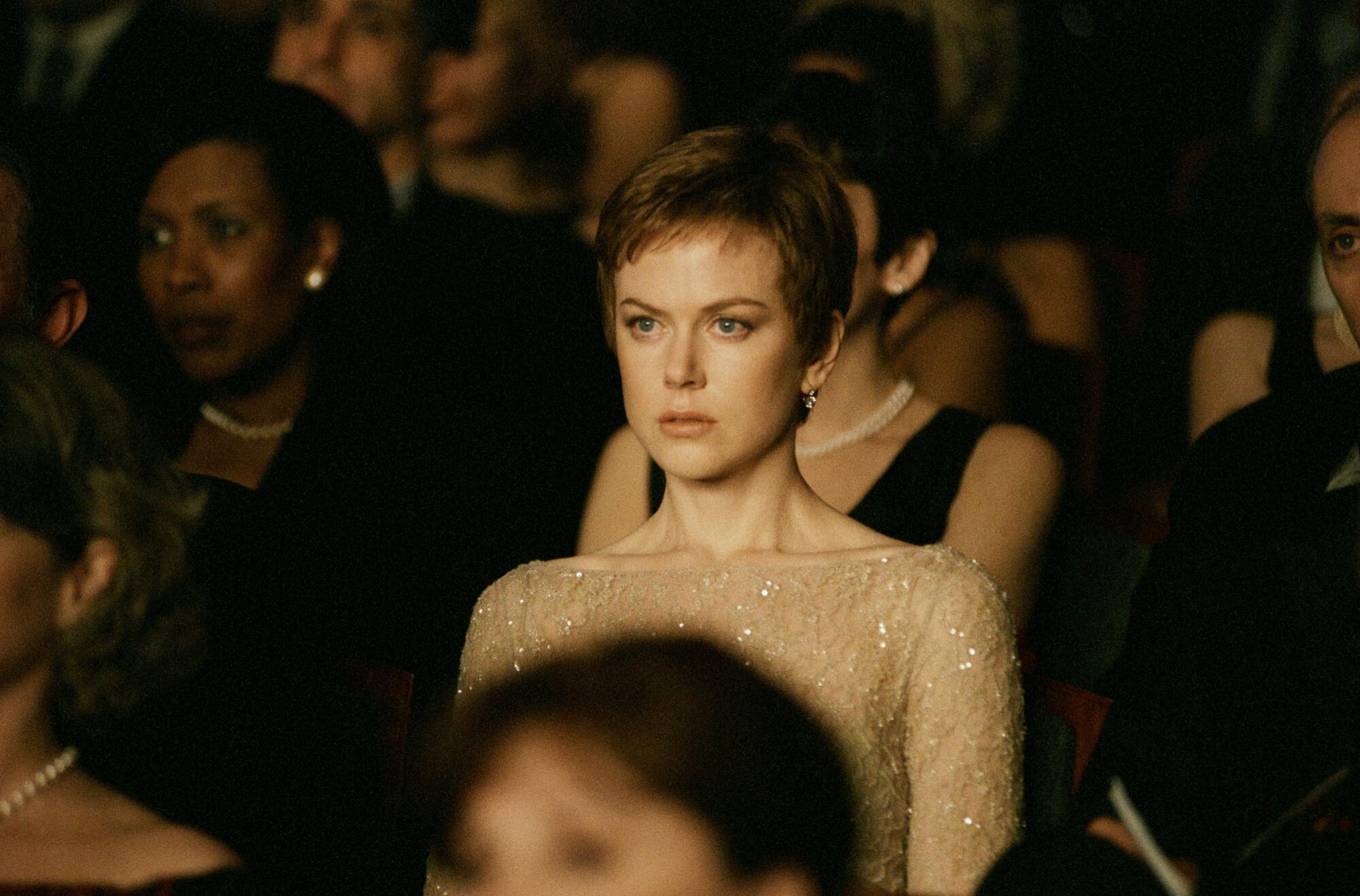
“I knew instinctively, in real time, that it would be the center of the film,” Glazer tells me via email. “It was so eloquent. Like watching a trapeze artist on a high wire, poised gracefully in midair.”
Kidman, 56, has forged a long career full of work in which she has walked the tightrope. She’s still taking big swings, too, having just finished filming “Babygirl,” a sexually charged thriller written and directed by Halina Reijn (“Bodies Bodies Bodies”) for A24.
On the eve of Saturday’s AFI Life Achievement Award gala celebrating Kidman’s career, it felt like the right time to revisit “Birth,” a movie that has been reassessed in the 20 years since its release, emblematic of the risks she loves to take with her work.
“I just have an enormous amount of trust,” Kidman says by phone from Austria, where she’s shooting a second season of the Hulu series “Nine Perfect Strangers.” “I will just go places and align with people and go, ‘Here I am. I’m yours. We’ll live and die together.’”
With “Birth,” she and Glazer created an odd movie that introduces Anna, a smart, sophisticated Upper East Sider, with a shot of her steadying herself on her husband’s tombstone and then spends the next 90 minutes suggesting that she’ll never escape his memory.
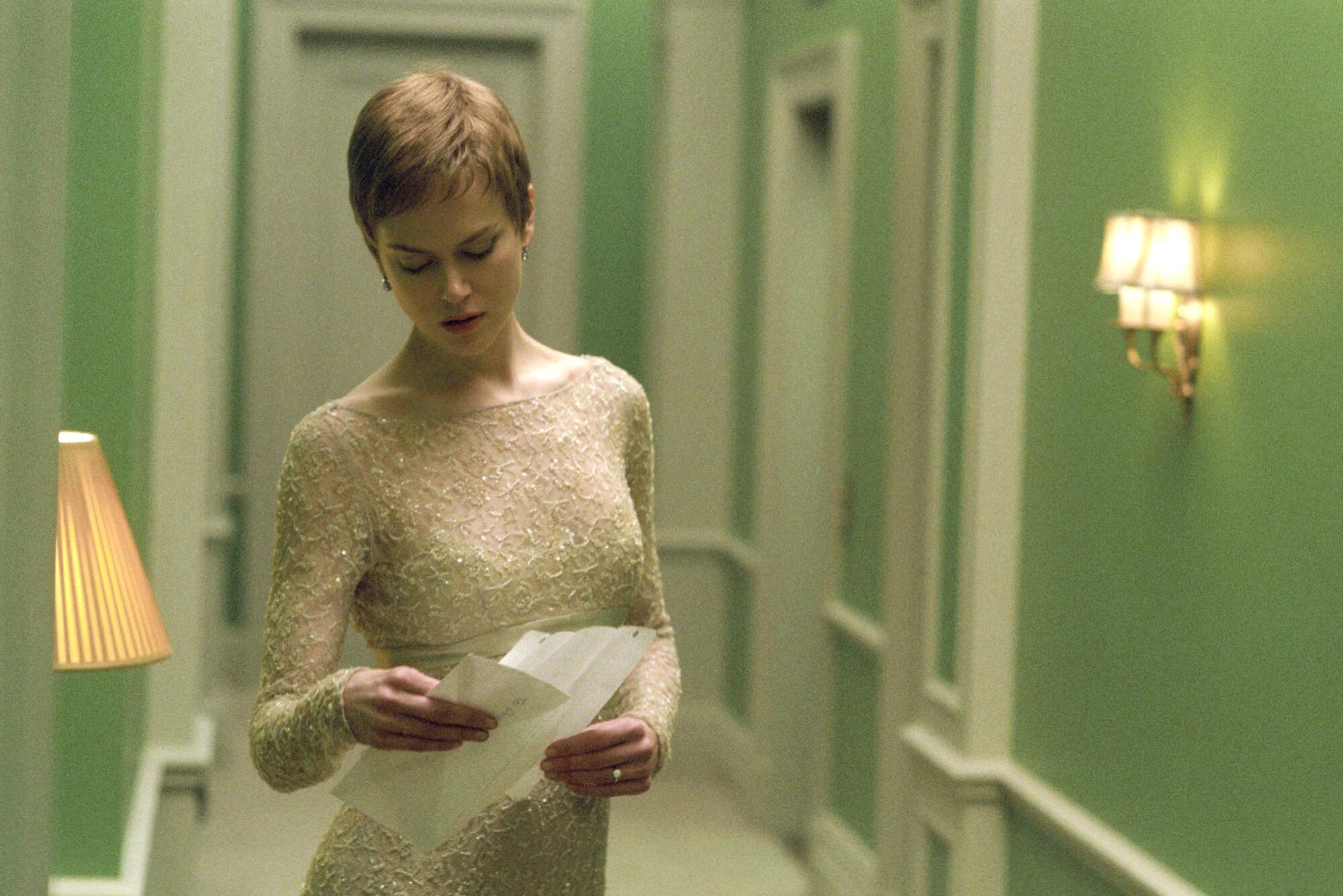
“This is a strange, unsettling movie,” I begin, not long after Kidman picks up the phone.
“I don’t find it strange but maybe that means I’m strange,” Kidman says, laughing. “But I never found it strange. I found it profound, the way it deals with grief and how people will fill holes to explain things, needing to explain things and then being incredibly open to all possibilities when you’re in a deeply vulnerable state.”
“And also,” she continues, “the idea that grief isn’t finite because it most definitely isn’t. Grief never ends. And you see it at that scene at the opera. She just releases into believing that it is him, this little boy is her husband. For her, it’s the easier path.”
For that celebrated shot, Glazer says he asked Danny Huston, who plays Anna’s fiancé, to whisper something banal to Kidman, “to give her a nudge or two to knock her off balance, out of her reverie.” Her recovery, he notes, was immaculate.
“It was only two takes,” Kidman says of the close-up. “That’s how bold Jonathan was. ‘Great. We got it.’ It wasn’t always that way with him.”
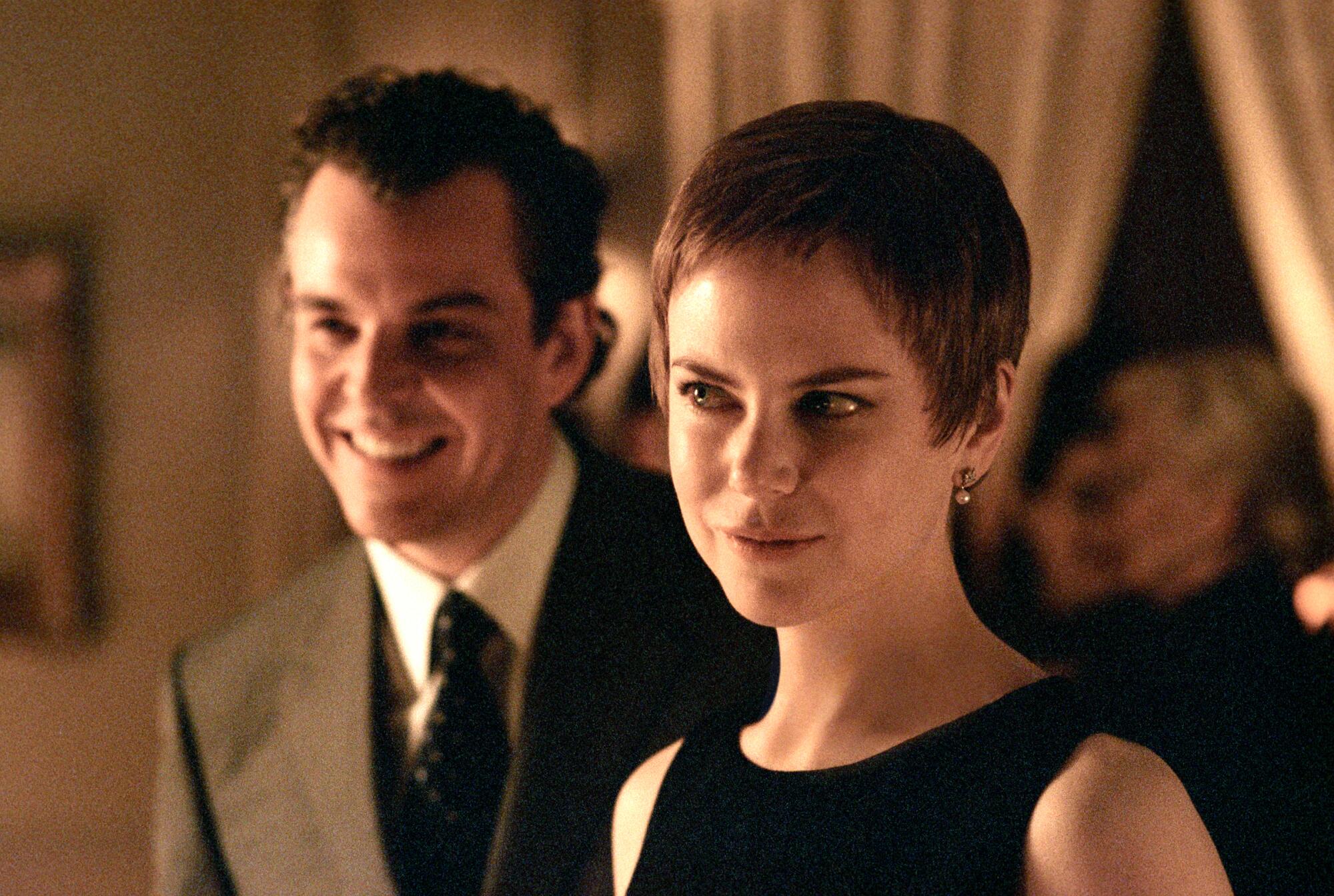
While her memory of shooting that crucial scene is precise, Kidman is a little blurry on the specifics of how she prepared to play a woman still racked with despair a decade after her husband died. During one of our conversations, she closes her eyes and rubs her temples, as if trying to summon ghosts from the past.
“I know vocally, everything just got much more meek and shy and light,” Kidman says. “I remember being surprised at the time at the voice that was coming out of me.”
Do you still have the script, I ask, where you could look at your notes?
“No, I throw everything out,” Kidman answers. “I shred them. Ooooh. It’d be like people reading my journal. I don’t want anyone ever reading those.”
So, every script?
“Shredded.”
“‘Eyes Wide Shut’”?
“Shredded.”
I’m not sure I’ve ever heard you relish a word like you’re saying “shredded” right now, I tell her.
“Well, it feels like baggage,” Kidman says. “It’s all just going to go sit in an attic or down in a basement. I’m a traveling actor and can live out of a suitcase. That’s how I approach life because I’ve always had to shove everything in a suitcase and move on.”
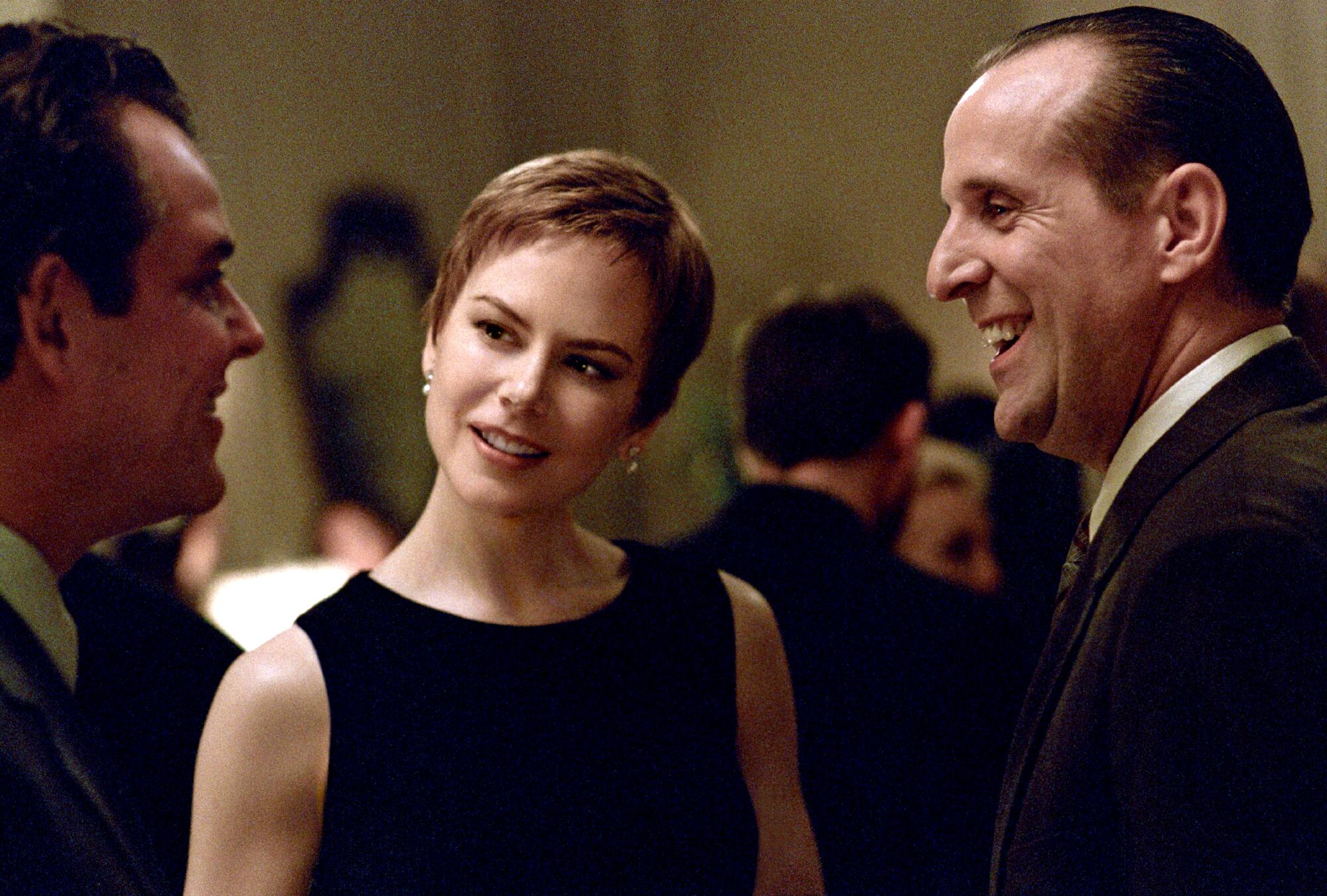
Kidman was finishing making “Birth” when she won the Oscar in 2003 for playing Virginia Woolf in Stephen Daldry’s drama “The Hours.” That year, she also appeared in Lars von Trier’s bruising, incendiary “Dogville,” the sober Philip Roth adaptation “The Human Stain” and the acclaimed Civil War epic “Cold Mountain,” a hit nominated for seven Oscars. But even with all that, Glazer had been hesitant to cast her in “Birth,” fearing her celebrity would overwhelm a delicate, peculiar character study.
“I was nervous to cast her,” Glazer admits. “I needn’t have been. I underestimated her ability to become anonymous. To immerse herself fully. I’d seen her in ‘Dogville.’ I loved that she did that. And ‘Eyes Wide Shut.’ It’s that fearlessness which attracted me, seeking out filmmakers who would challenge her.”
Glazer did just that, noting that the making of “Birth” was fraught. The studio, he says, was “enraged by my daily script changes and improvisations,” often made because the scenes they had initially written were beyond the abilities of the young actor, Cameron Bright, playing the boy.
“So we’d shift the emphasis onto Nicole,” Glazer says. “Sometimes three or four pages of dialogue would turn up at her house at midnight to shoot the following day, completely different to the ones she’d prepared for. She’d arrive in the morning, never late, knowing the new lines perfectly and without complaint. She stood by me throughout. She knew I was searching for something and she protected me and believed in what we were doing. She’s an absolute professional and I am deeply proud of her performance.”
Kidman remembers Glazer’s “rigorous” reshaping of the script, a process she likens to Stanley Kubrick’s methodology making “Eyes Wide Shut,” a 400-day shoot that, boiled down, amounted to what she calls a “commitment to exploring the unknown.”
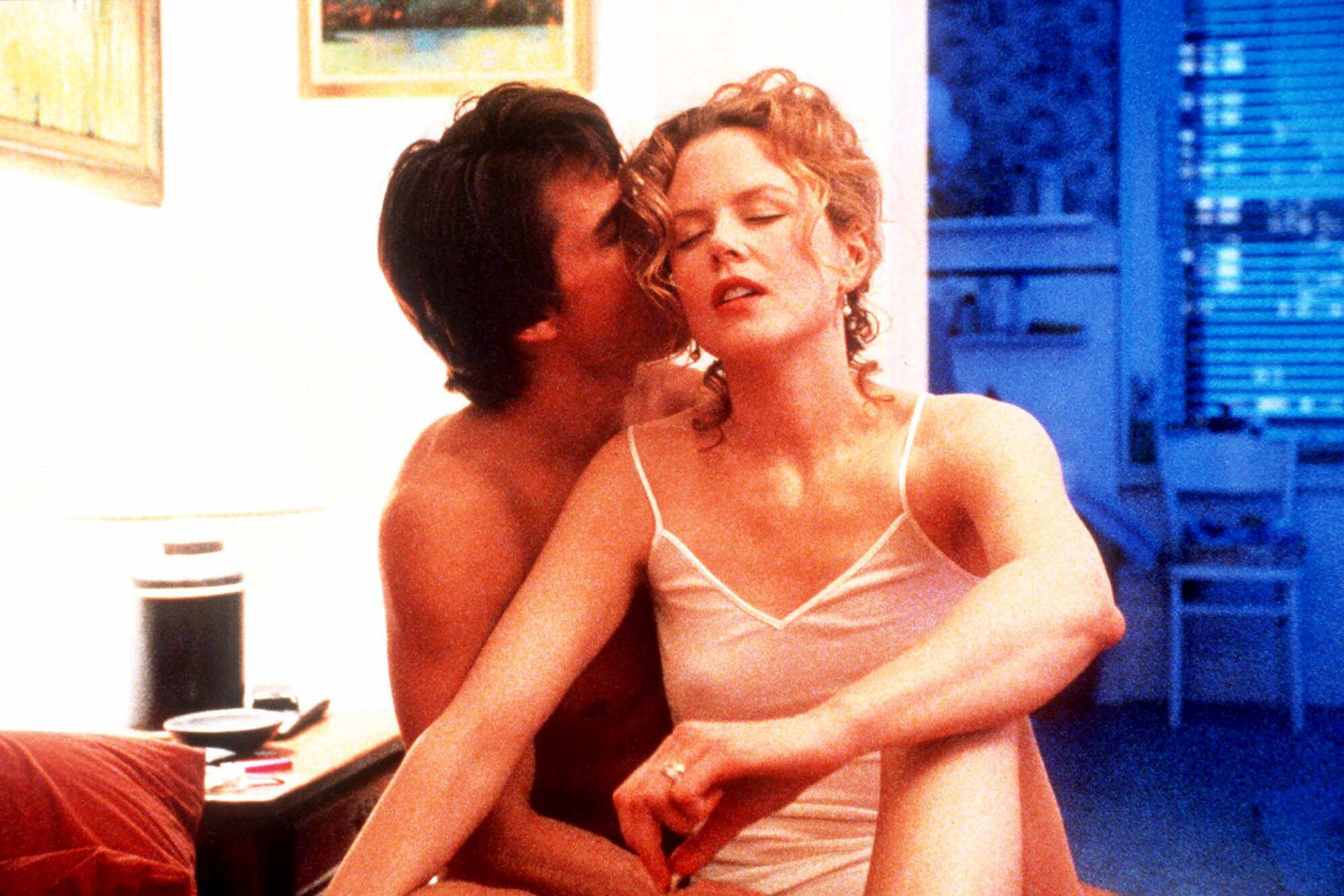
“Stanley would rewrite scenes that we’d spent six weeks shooting,” Kidman remembers. “And you just go, ‘OK. Great. How do you see it this time?’ With Jonathan, I’d get those pages late at night and it was glorious because the writing was so good. Great writing is easy to learn. That’s never a problem. When it’s not so good, then,” she laughs, “that’s another story.”
“Birth,” like “Eyes Wide Shut,” revels in its mysteries. Even after the young boy’s story has been mostly debunked as a hoax, a few lingering questions remain. And Kidman loves that ambiguity because, as she often likes to say, “None of us knows anything.”
Which makes me think about mortality and the film’s contemplation on the supernatural.
“How are you feeling about the afterlife these days?” I ask her.
“I’m open to ideas and I change and shift and grow,” Kidman says. “There are times when I feel solid in my strength of who and where I am. And there are other times when I go, ‘Ooof, everything’s been removed and everything feels very tenuous and I’m not quite sure what’s what.’ And that has to do with having lost people very suddenly. I think that leaves you unsteady. As much as we’re all presenting ideas, none of us has the definitive power to know what’s going on.”
Kidman lost her father a decade ago after he suffered a heart attack, and he comes up often in our conversations. Grief isn’t finite. We talk about how we’d like to believe we might see our loved ones in another realm.
“I can feel him,” Kidman says. “So I’m very open to that. We just don’t know.” She pauses and then laughs. “But I guess we’ll all find out someday, won’t we?”
Jonathan Glazer, the filmmaker behind ‘Sexy Beast,’ ‘Birth’ and ‘Under the Skin,’ goes deep into the research, filming and editing of his Holocaust masterpiece.
“Birth” premiered at the Venice Film Festival in September 2004. Reviews were mixed and when the movie opened the following month, audiences mostly stayed away. Today, it holds a firm place alongside the three other movies Glazer has made — “Sexy Beast,” “Under the Skin” and “The Zone of Interest,” which won the international feature Oscar earlier this year — with Kidman’s performance now considered one of the best in a career full of superlative work.
“Movies that deal with uncomfortable subject matter will rarely be rapturously received because you’re dealing with things that don’t make people feel safe,” Kidman says. “They’re not a soothing bath.”
“Yes,” I agree, “and you’ve made a lot of movies that —”
“— are not soothing baths,” Kidman replies, finishing the thought, laughing. “They’re not lullabies.”
How does Glazer himself feel about “Birth” two decades on?
“I haven’t seen it since we made it,” he says. “But I do know it’s a film some people deeply connect with and that’s a gratifying feeling.”
As part of her AFI gala, Kidman sat for a pre-taped interview discussing the entirety of her career. How did she feel after making that time-machine journey?
“I felt sadness and wonder,” Kidman says. “Definitely wonder. Like: How?”
She bursts into a goofy laugh. “How did this happen? So much of it is great memories. My mother said in her wedding speech — my second wedding — that Nicole’s always looked at the world through rose-colored glasses, particularly the past.” Kidman pauses, smiling. “I thought that was kind of nice.”
So where does the sadness part come in?
“The sadness is, ‘Aaaaw, I want to be able to do it all again.’”
More to Read
Only good movies
Get the Indie Focus newsletter, Mark Olsen's weekly guide to the world of cinema.
You may occasionally receive promotional content from the Los Angeles Times.
